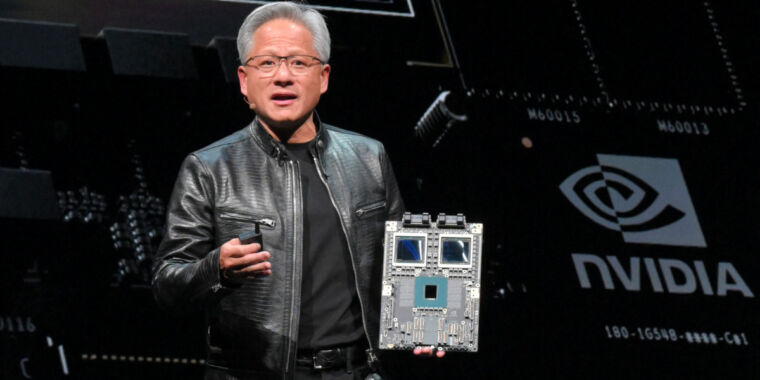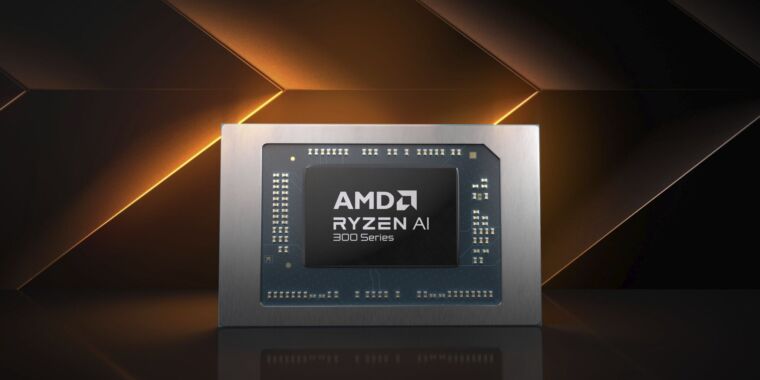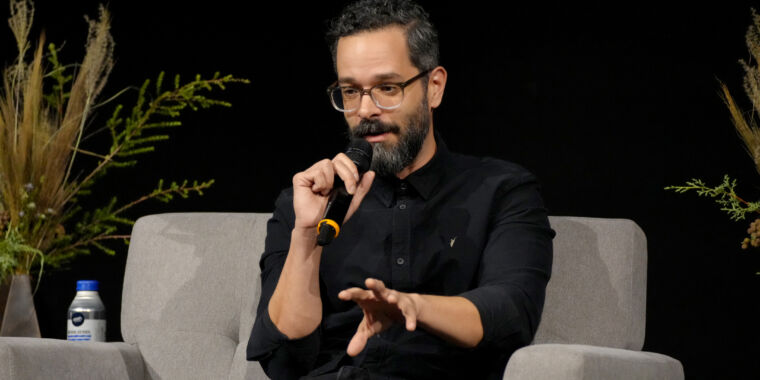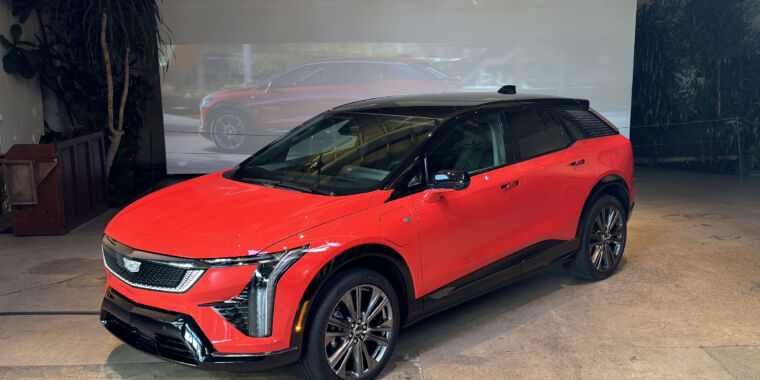Spotify raising prices by up to $3 as frustrated subs beg it to “just do music”

After keeping Spotify Premium subscription pricing flat since debuting it in 2011, Spotify increased monthly pricing in July 2023 and will do so again in July 2024, it announced today.
Individual monthly subscriptions will increase from $11 per month to $12/month. Family plans, which support up to six members, will go from $17/month to $20/month. Duo plans, for two accounts, are rising from $15/month to $17/month. Spotify didn’t announce pricing changes for its Student ($6/month) or free plans.
Spotify said it’s increasing prices so that it can “continue to invest in and innovate on our product features and bring users the best experience.”
It said it would email subscribers directly “over the next month” about the changes. The message that Spotify said it will send to subscribers will include a link to the account page, where subscribers can cancel their subscription if desired, as well as the support site for asking questions.
“Just do music”
Spotify went 12 years without changing subscription prices, but now it’s doing it for a second time in about a year.
In July 2023, monthly pricing for Spotify’s Premium plan for individual users went from $10 to $11. Duo pricing went from $13 to $15, and the Family and Student plans also each increased by $1 per month. However, these sweeping pricing changes occurred at a time when rivals, like Tidal, were making similar changes. And as Spotify’s first price hike ever, it seemed more digestible.
The second price hike comes as Spotify seeks its first year of profitability. These efforts have included attempts to diversify revenue by expanding from Spotify’s traditional music-streaming service to include things like podcasts, which Spotify has reportedly invested over $1 billion in, and audiobooks, a newer business for Spotify that it fueled with a $123 million Findaway acquisition. Meanwhile, Spotify has been working on adding high-fidelity audio to its service since 2021.
Some subscribers would rather see predictable pricing than new endeavors. For example, a reported user going by “ccolburn” on Spotify’s online forum reacted to this news with a post titled, “I only want music only! Stop increasing the prices to justify adding things I don’t want!“:
I DONT want podcast in my music app. … I dont want audio books when I want music. I also dont wanna pay more for the same service. JUST DO MUSIC!!!! [sic]
Apparent subscribers have shared similar sentiments elsewhere online, like on Reddit, where “crazytalk151” recently wrote:
Can you just do music and stop with all the other crap? No I dont want your shit podcasts or audio books. Just music and the same price. Whats the best alternative? [sic]
A tightrope
But like with many subscription price hikes among streaming services, Spotify’s growing prices are tied to profitability goals. Despite having profitable quarters, the 18-year-old company hasn’t reported a profitable year.
In its Q1 2024 earnings report shared on April 23, Spotify recorded its highest quarterly profit ever, at 1 billion euros (about $1.08 billion). The company noted price increases helping to boost the average revenue it sees per user. However, Spotify’s total monthly active users fell 3 million short of its 618 million user goal. The report also followed about 1,500 layoffs in December 2023.
During Spotify’s Q1 2024 earnings call, Spotify CEO and co-founder Daniel Ek called 2024 Spotify’s “year of monetization” and said the company would focus on “strong revenue growth and margin expansion” via “ambitious plans.” Ek didn’t announce price changes at the time but noted that Spotify often reviews its “value-to-price” ratio in relation to subscription prices, as Variety reported at the time.
Spotify stock opened 5.5 percent higher on news of subscription prices rising, The Wall Street Journal reported today. However, subscribers, who are generally getting increasingly fed up with ever-rising subscription prices, will likely be less impressed by the news.
The announcement of price changes follows Spotify’s recent decision this December to brick its Car Thing hardware after releasing it to the general public in February 2022. Spotify has given some users refunds if they can provide proof of purchase. However, some users online have reported problems with getting refunds due to things like the devices being linked to a third-party or unknown account, people owning multiple devices, or people reportedly being offered Spotify Premium credits initially instead. Spotify has previously declined to specify to Ars Technica the exact criteria required for receiving a full refund on Car Thing.
As Spotify tries to push toward profitability by raising prices and adding new endeavors and by distancing itself from old ones, it walks a tightrope in maintaining the type of customer satisfaction and trust that’ll keep people subscribing.
Spotify raising prices by up to $3 as frustrated subs beg it to “just do music” Read More »


























